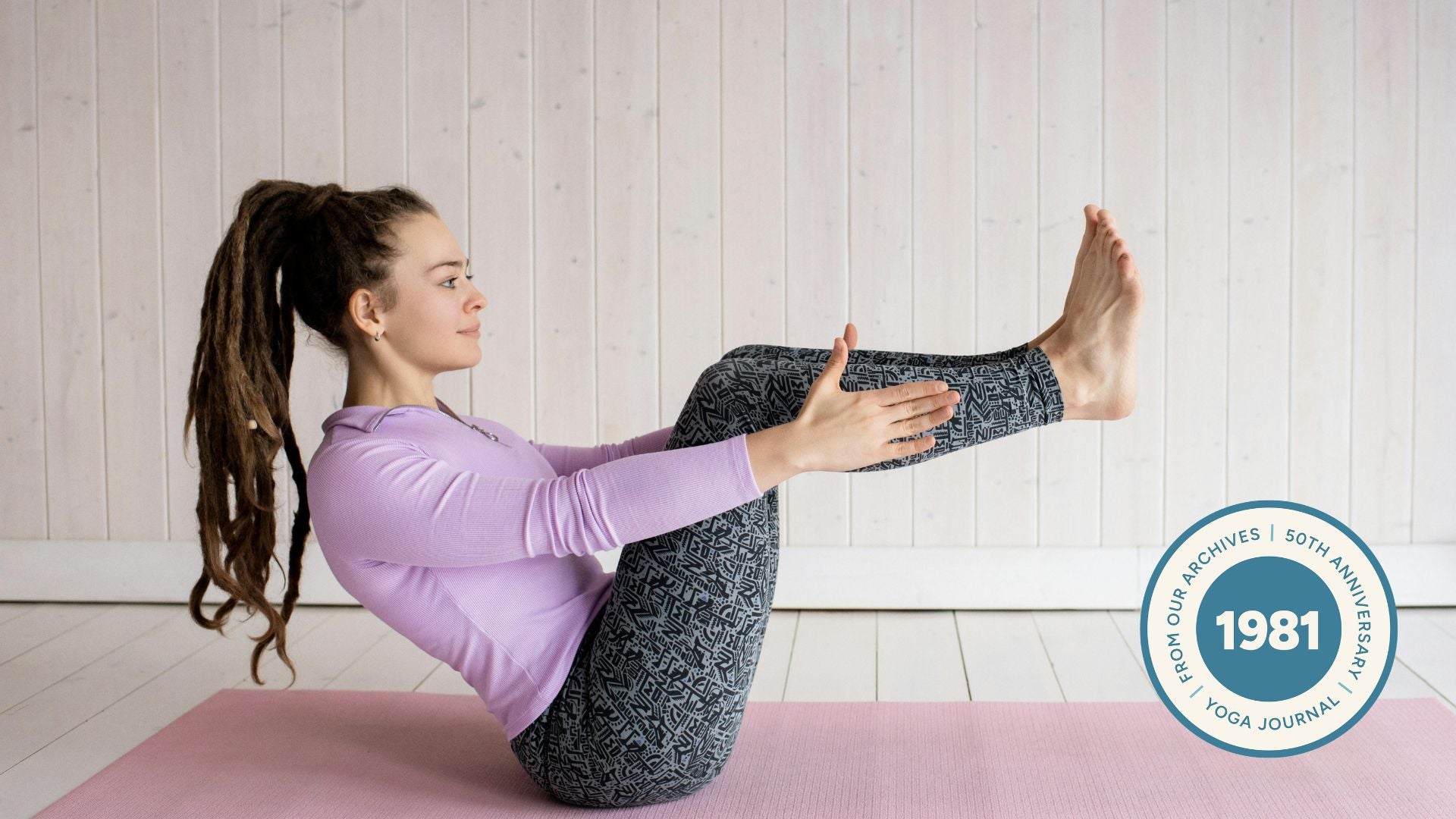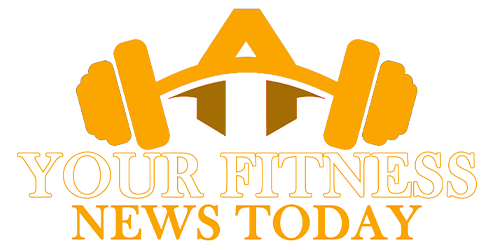“], “filter”: { “nextExceptions”: “img, blockquote, div”, “nextContainsExceptions”: “img, blockquote, a.btn, a.o-button”} }”>
Heading out the door? Read this article on the new Outside+ app available now on iOS devices for members!
>”,”name”:”in-content-cta”,”type”:”link”}}”>Download the app.
When you think about the most important elements of your yoga practice, books may not be the first thing that comes to mind. But upon further consideration, yoga books can be fundamental to your understanding of the practice. The history, tenets, and poeticisms that make yoga so special can be read and reflected upon again and again, expanding your relationship with your yoga, the world, and yourself.
The spiritual nature of yoga means that books that fall into adjacent categories (think self-help and transformation) qualify, to many, as yoga books. More technical texts factor in as well, along with cultural coverage, emotional inquiry, and more.
We asked some of our most trusted yoga teachers to share their essential yoga books with us. From life-shifting texts to specific translations of the Sutras, these 20 books will make your home or studio library an even more intentional space.
20 Yoga Books to Inform and Support Your Practice
The following titles illustrate why reading should be part of your practice.
1. The Complete Guide to Yin Yoga: The Philosophy and Practice of Yin Yoga by Bernie Clark
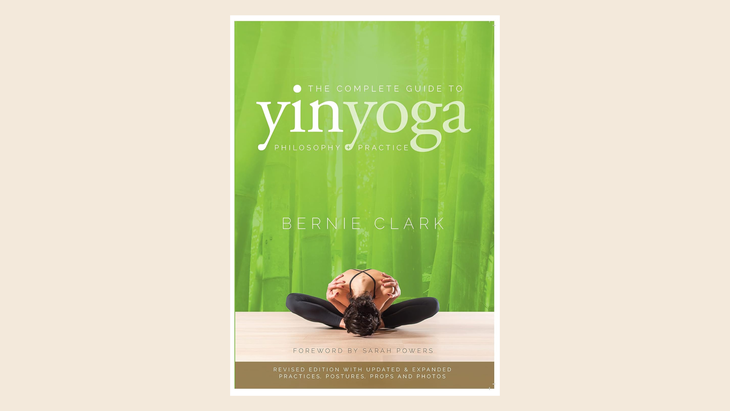
Yoga teacher Kassandra Reinhardt calls herself a “big Bernie Clark fan.” (We are, too—two of his books feature on this list.) For Reinhardt and others, Clark’s The Complete Guide to Yin Yoga is the ultimate yin yoga tome, featuring an exploration of the philosophy, illustrations of the poses, and more.
2. Breath: The New Science of a Lost Art by James Nestor
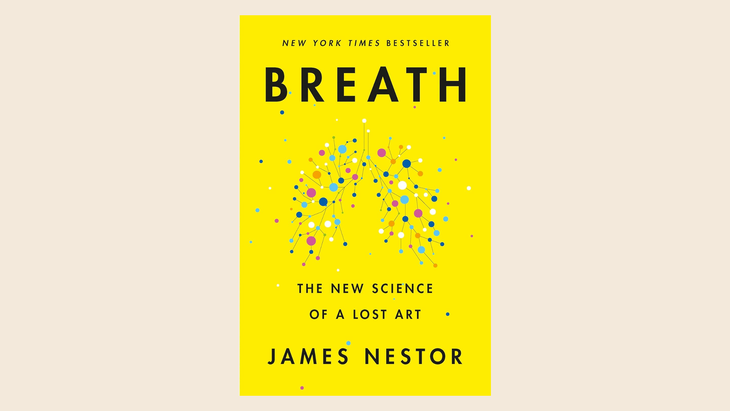
There is no yoga without the breath, and James Nestor has made it his mission to master the subject. His best-selling book takes a deep dive into our species’ relationship with breath, how it’s changed, and how we can improve our inhalations and exhalations—and thus how we can improve our experience of the breath on and off the mat.
3. The Bhagavad Gita
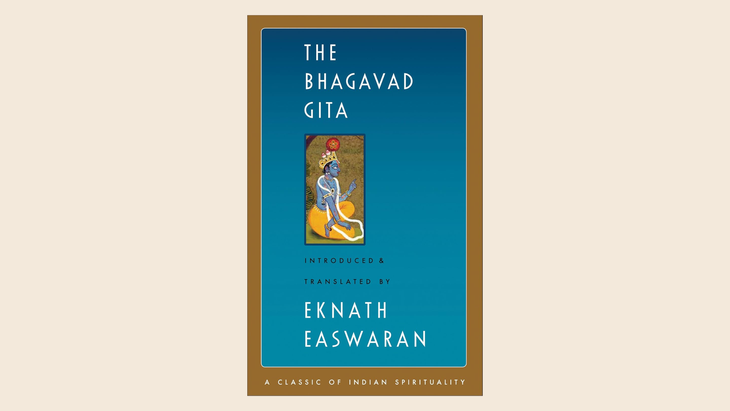
Reading this ancient Hindu scripture provides insight that can expand your practice—and your understanding of what informs it. “Many teachers are committed to the practice of physical yoga (asana) without any appreciation for the tradition of yoga,” says yoga teacher Duffy Perkins. “Reading The Bhagavad Gita (especially with a guide) allows you to come into the beauty of the spiritual and emotional aspects of yoga.”
4. Restorative Yoga for Ethnic and Race-Based Stress and Trauma by Dr. Gail Parker

One of the best ways to move through trauma and tend to emotional wounds? With intentional rest—the sort that restorative yoga can provide. This work describes the foundational approach from a race-based perspective, spurring a crucial conversation.
“Dr. Parker’s seminal work offers an important perspective of macro factors better help us understand how to support diverse populations in the yoga practice,” says yoga teacher Tamika Caston-Miller. She adds that the book drives home the importance of restorative yoga as a tool for dealing with the racial wounding present in our fragmented society.
5. Peace in Every Step: The Path of Mindfulness in Everyday Life by Thich Nhat Hanh
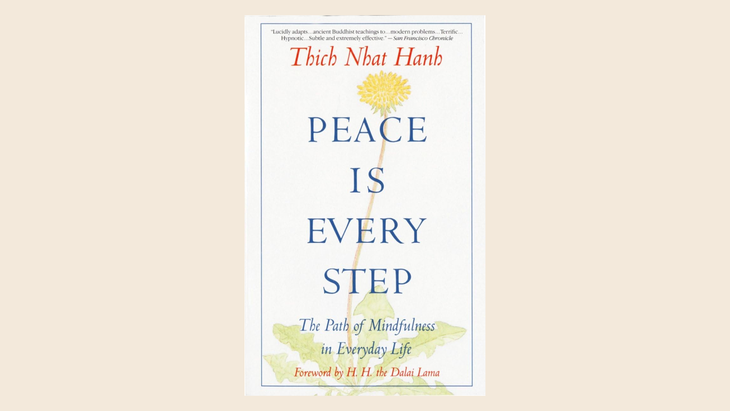
For yoga teacher Jenny Clise, the easily digestible wisdoms of Thich Nhat Hanh offer an ideal place to return whenever she needs mindfulness reminders, guidance, or “thought food.” “I actually ran into a woman at the airport on my way home from Costa Rica who was using this book to help her deal with grief and loss,” she says.
6. Meditations from the Mat by Rolf Gates
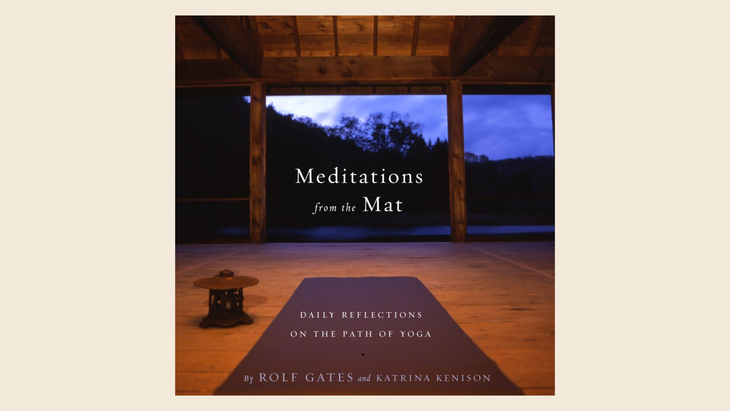
Meditations from the Mat provides daily reflections, challenges, and encouragements for practitioners of yoga, especially those who prefer a quick hit of knowledge. “It’s a nice alternative to sitting down reading a book from start to finish, which can be such a huge download of information, and then can become hard to process and apply,” says Reinhardt. She notes that the book’s small and specific lessons, which are especially helpful for teachers, allow readers to focus in and digest the wisdoms of the book bit by bit.
7. Ashtanga Yoga: The Practice Manual by David Swenson
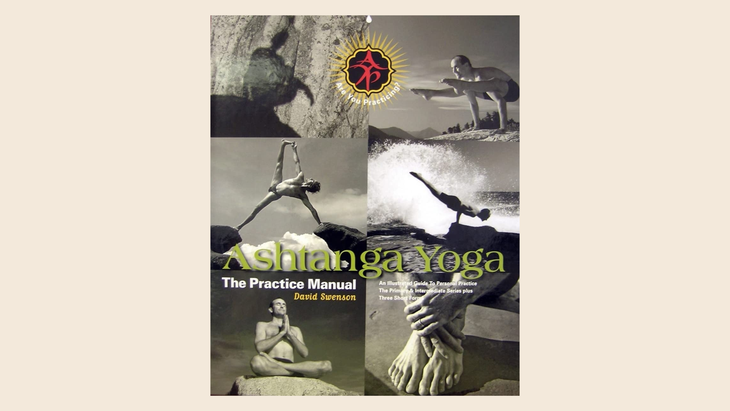
This classic Ashtanga manual depicts different variations of every asana, or pose, helping beginners and advanced practitioners alike practice their postures. As longtime yoga teacher Steve Schuessler aptly puts it, “Look at the pictures, practice the pose.”
8. The Heart of Yoga: Developing a Personal Practice by T.K.V. Desikachar
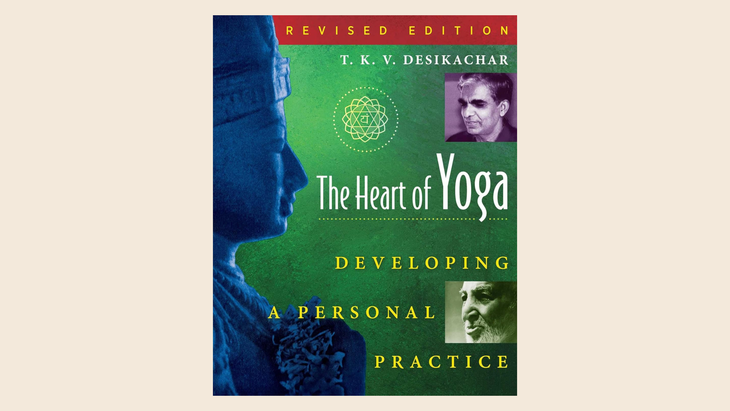
We’ve said it before and we’ll say it again: this yoga book contains all of the self-reflective, transformative material you could want, simplified. Though the breadth of yogic philosophy and practice can feel intimidating at times, books like this make seem far more accessible.
9. The Teacher’s Guide to Accessible Yoga by Jivana Heyman
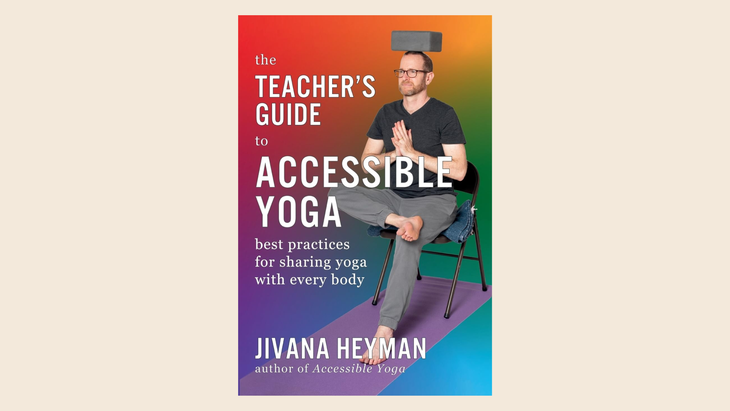
Speaking of accessibility, yoga teacher Jivana Heyman, founder of the Accessible Yoga School, aims to make the entire practice of yoga more adaptable and inclusive.
“This book should be required reading for any yoga teacher,” says Caston-Miller. “Jivana’s decades of experience are woven into this book to offer practical rational, guidance and inspiration for teachers to support any and all bodies that they will come across.”
10. Yoga and the Quest for True Self by Stephen Cope

Western psychologist Stephen Cope takes the principles of the yogic path and applies them to them to the modern experience. “I read Cope’s book while I was going through a devastating break-up,” says Andrea Ferretti, host of Yogaland podcast. “At one point, he talks about his own breakup and how he sobbed while saying to a friend, ‘I tried so hard…’ and then it dawns on him that he has to let go of the fruits of his hard work, just as Arjuna has to let go of the fruits of his actions in the Bhagavad Gita. It helped me so much to read about Cope’s own struggles, and to see how he relied on his practice to get through them.”
11. Yoga of the Subtle Body by Tias Little
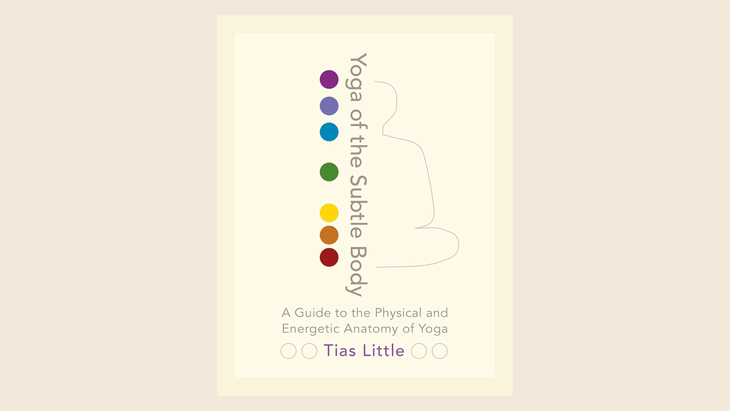
“Yoga practitioners know that there’s more to yoga than just stretching, but putting those feelings into words can be very challenging,” says Duffy. “Tias Little maps the physical structure of the body and then weaves a study of the subtle body onto that landscape, offering insights into the emotional expression of this beautiful work.”
12. The Complete Guide to Yoga Props by Jenny Clise
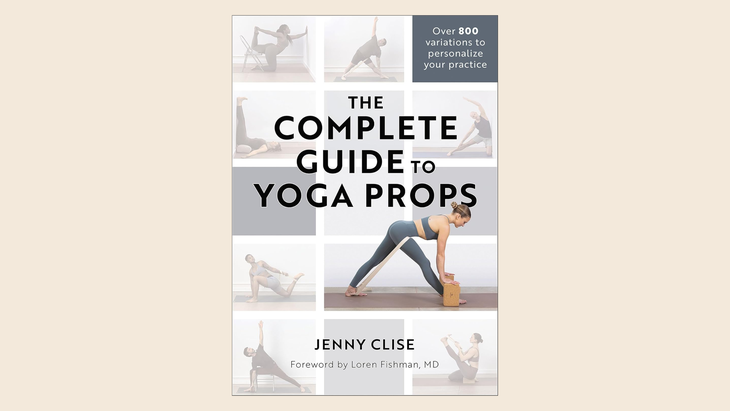
Yoga is a highly personal practice—one that can be aided and personalized greatly with the help of props. Yoga therapist Jenny Clise shares more than 800 variations of popular asanas, each using popular props like a strap, block, chair, and more to modify the pose, whether to create more support, alignment, or intensity.
13. The Yoga Sutras of Patañjali Translated by Edwin Bryant
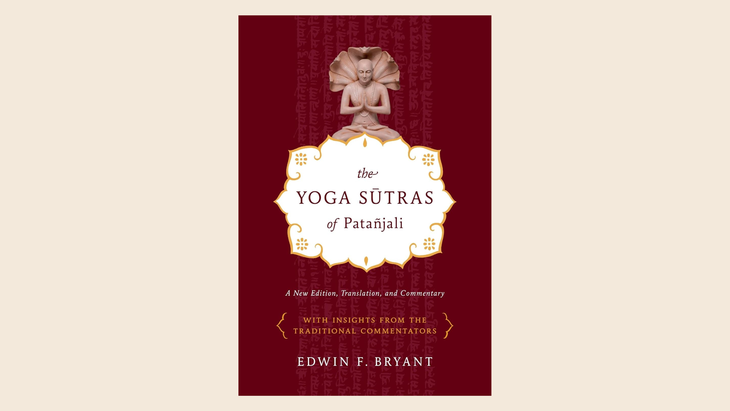
All yoga stems form the Yoga Sutras of Patañjali, But while this text is fundamental to the practice, translations vary. If you ask YogaRenew yoga teacher and trainer Patrick Franco, Edwin Bryant’s version is the go-to translation.
“It’s dense—but in the best way,” he says, adding that he listens to the audiobook every morning. “It’s part of my daily practice. Even hearing a few sutras on repeat keeps the ideas alive in a different, more embodied way.”
14. The Power of Now by Eckhart Tolle
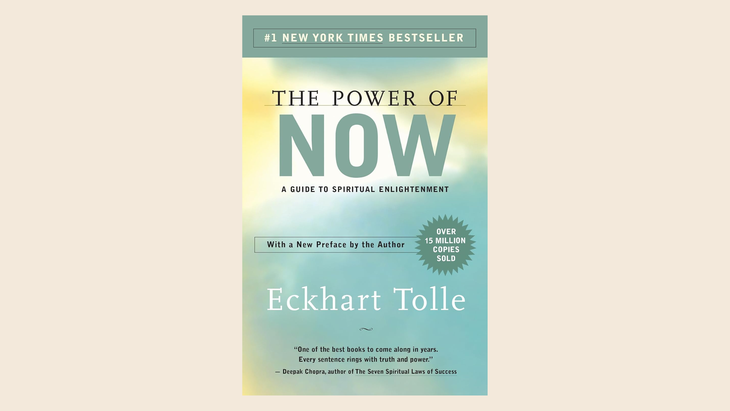
Unless you’ve been on a truly renunciant path, you’ve likely encountered The Power of Now, in which Eckhart Tolle urges readers to get out of their mind and into the present moment—a foundational principle of yoga.
“This book changed my life!” says yoga teacher Cathy Madeo. “[Tolle] draws from many different practices to distill the most enlightening information on how to be present and thus connect to our true Self.”
15. The Trauma of Caste: A Dalit Feminist Meditation on Survivorship, Healing, Abolition by Thenmohzi Soundararajan

Understanding yoga’s roots, lineage, and associate history allow for a richer relationship to your practice. In The Trauma of Caste, Dalit American activist Thenmozhi Soundararajan invites all readers to examine their relationship with marginalization through the lens of the caste system.
“I love this book because it is an important part of recontextualizing yoga history, and from a South Asian thinker that represents a community that has been left out of the storytelling,” says Caston-Miller. “This book is a part of our 300 HR yoga teacher training, and offers an understanding into how to be more inclusive and less dogmatic in sharing the teachings of yoga.”
16. Living Your Yoga: Finding the Spiritual in Everyday Life by Judith Hanson Lasater
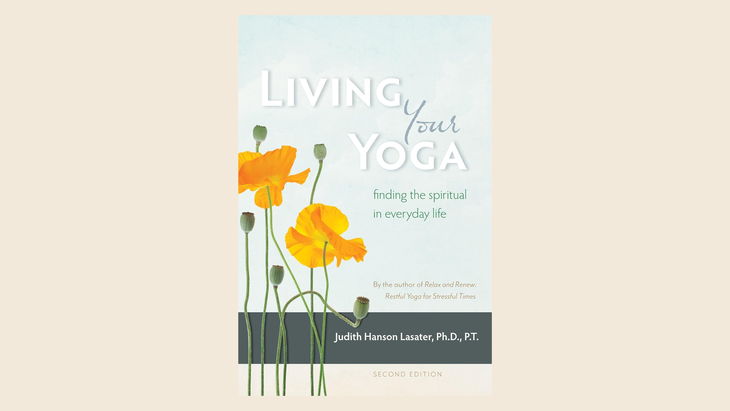
Judith Hanson Lasater is not only a founding editor of Yoga Journal but a master of restorative yoga and prolific yoga author. She has written several books, although Living With Yoga “helps you apply yoga, in plainspoken language that never ventures into spiritual bypassing, to everyday life,” according to Yoga Journal editor-in-chief Renee Marie Schettler.
17. Science of Yoga by Ann Swanson
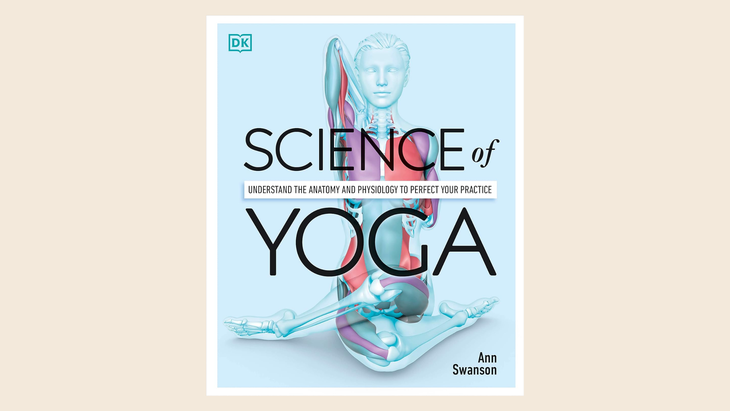
Students and teachers will understand the benefits of occasionally trading your spiritual hat for a scientific one. This book looks at yoga through a physiological lens, using intricately labeled anatomical illustrations, clear facts, and multiple angles to help readers divine what is literally happening in their bodies throughout their asana practice.
18. Yoga: Ancient Heritage, Tomorrow’s Vision by Indu Arora
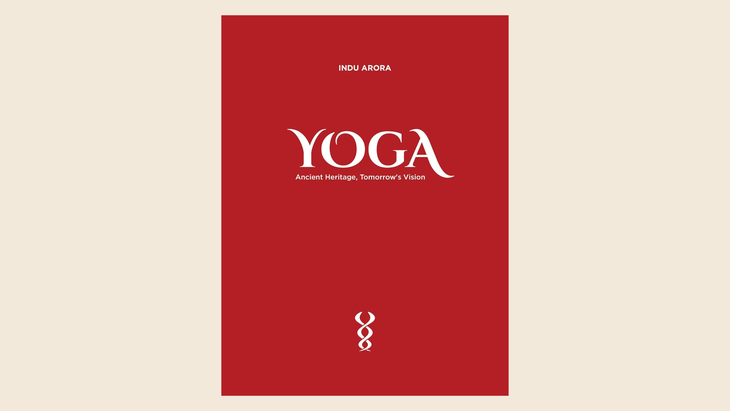
For those who take their yoga with a side of Ayurveda, or if you aren’t yet aware of the synergy between these “sister sciences,” this book is for you. Also known as The Little Red Book on Yoga, this book from Indu Arora—a longtime student and educator and advocate for these ancient traditions—pairs guidance around yoga practice with variations and pre-practice insight.
19. Your Body, Your Yoga: Learn Alignment Cues That Are Skillful, Safe, and Best Suited To You by Bernie Clark
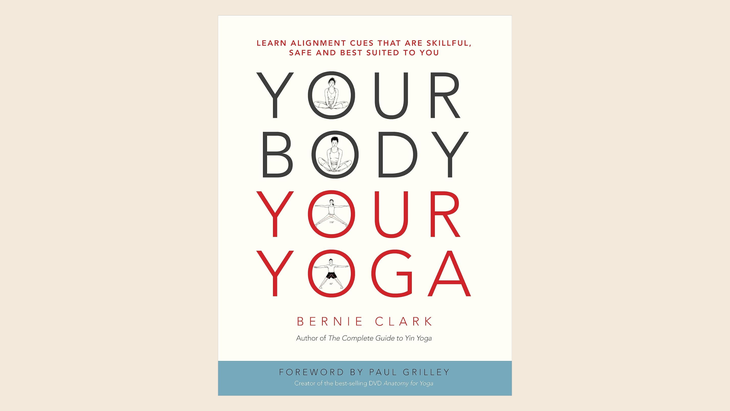
Learning about anatomy is great. Understanding your body and which poses and movements will work for you—and which ones definitely won’t—is even better.
“Unlike many books that tell you how to offer variations, this book shows you why,” says Schettler. “Whether you’re a cerebral or visual learner, there’s helpful context for you here.” Schettler adds that although the book does contain some technical language, Clark’s authentic voice also comes through, making the information easier to understand.
20. The Wild Edge of Sorrow by Francis Weller
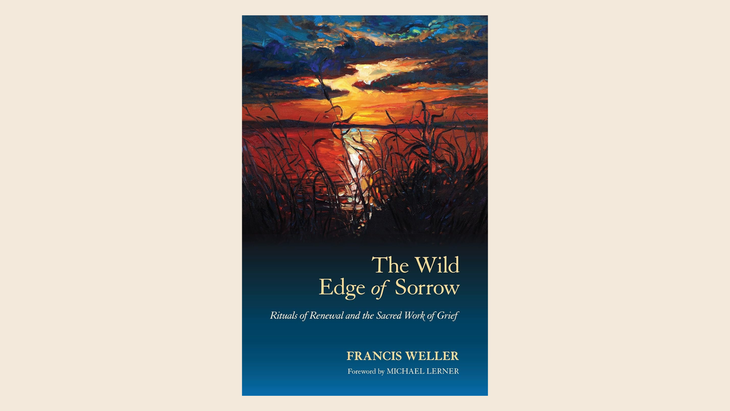
Yoga delves into all realms of the human experience—which means that grief is as important to your practice as expressing joy. (Just say no to toxic positivity!)
“Many of us view community building to be a bright, joyful work,” says Perkins. “But sometimes understanding ways of working with grief, both our own and our community’s, can be beneficial in creating offerings for our students.” Weller’s book invites readers to learn about the grieving process, helping us better serve as guides (or simply show up for someone) during both the challenging and exciting times of life.



